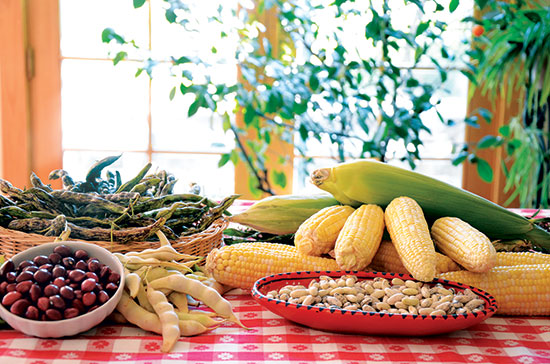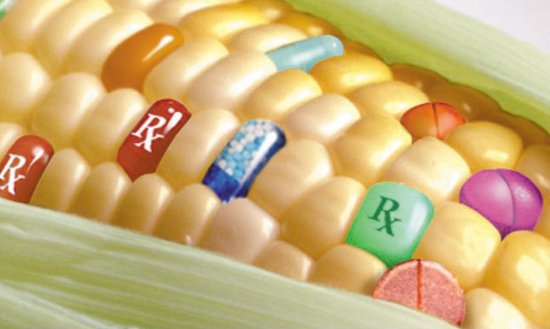The article below reports that in Kenya, the health secretary has rejected a planned trial of GM maize, “dealing a big blow to scientists and…

Maize

Corn and beans have long been related — in history, in the garden, and in the kitchen. As two of the “three sisters,” as Native…

A few years ago, while clearing dried broccoli stalks from the tired soil of our land at Soul Fire Farm in upstate New York, I…

The biotech industry once told the world that Bt insecticidal crops were only harmful to insects and were harmless to pets and people. But a new…

Cultivation of genetically modified crops looks to have hit a peak in the U.S. as a soft international grain market pushes farmers to grow more…

In the U.S., corn is our big crop: 94 million acres farmed in 2012. It’s followed by soybeans (76 million acres) and wheat (49 million acres).…

Still think GMOs and their non-GMO counterparts are equivalent? Think again. Unlike GM corn, non-GMO corn doesn’t cause sterility. A new study released by Egyptian scientists found that…

For every farmer who sold out to Monsanto’s agenda, they’ll likely be kicking themselves in the plants soon enough. What will it take for America’s farmers…

The Organic Trade Association reports that the most recent available numbers on retail sales of organic food totaled $32.3 billion in 2013. And a colleague…
